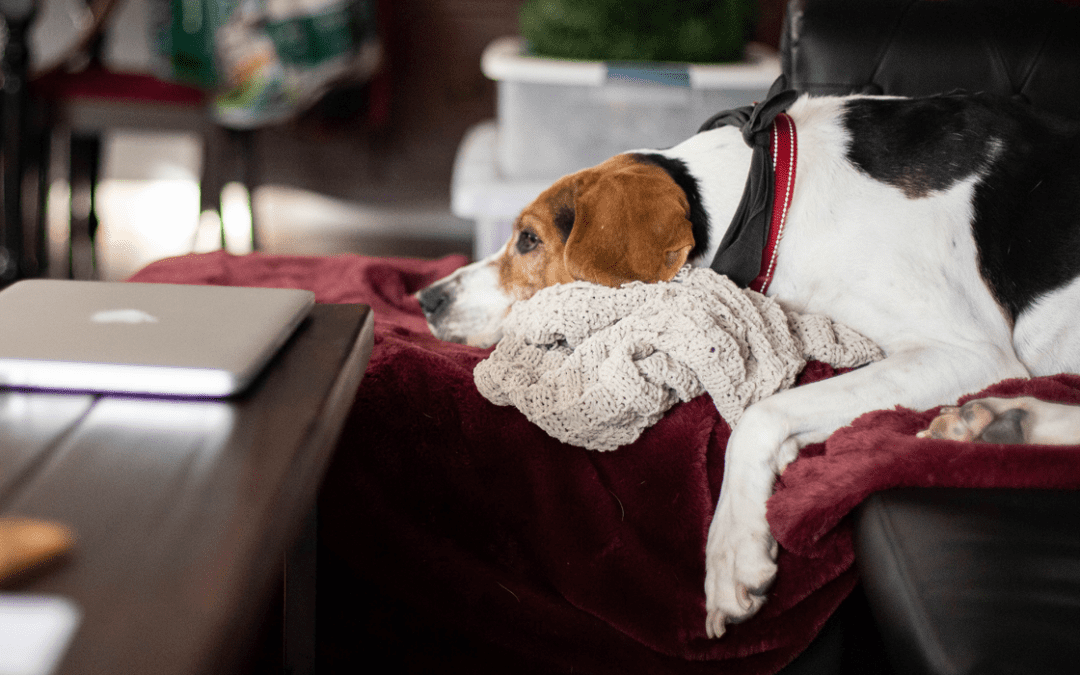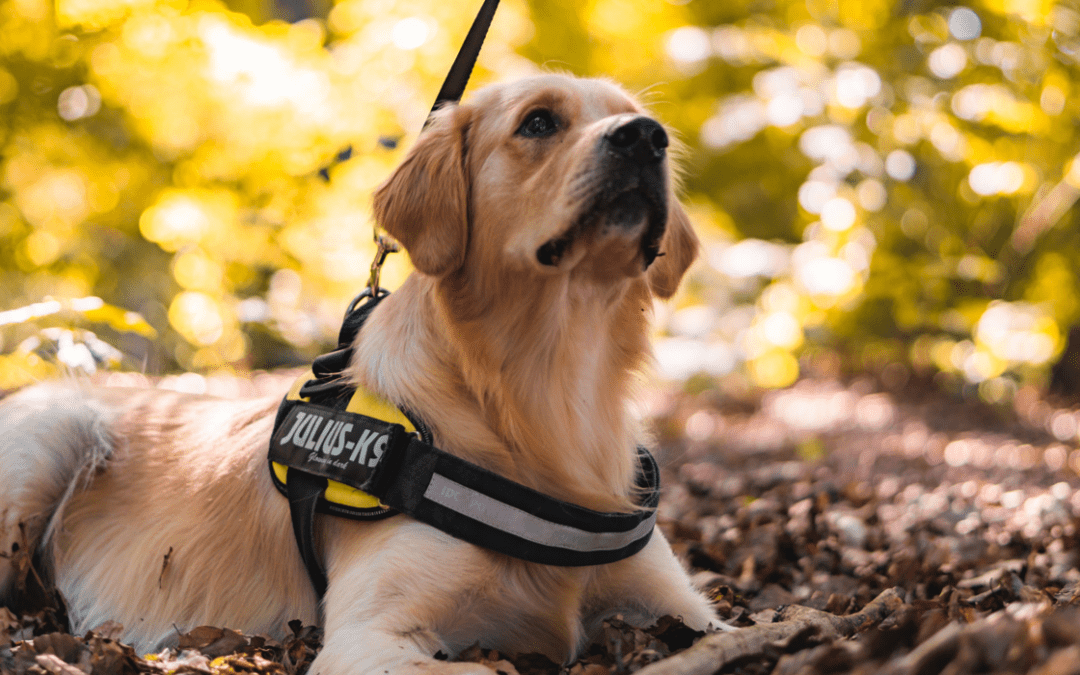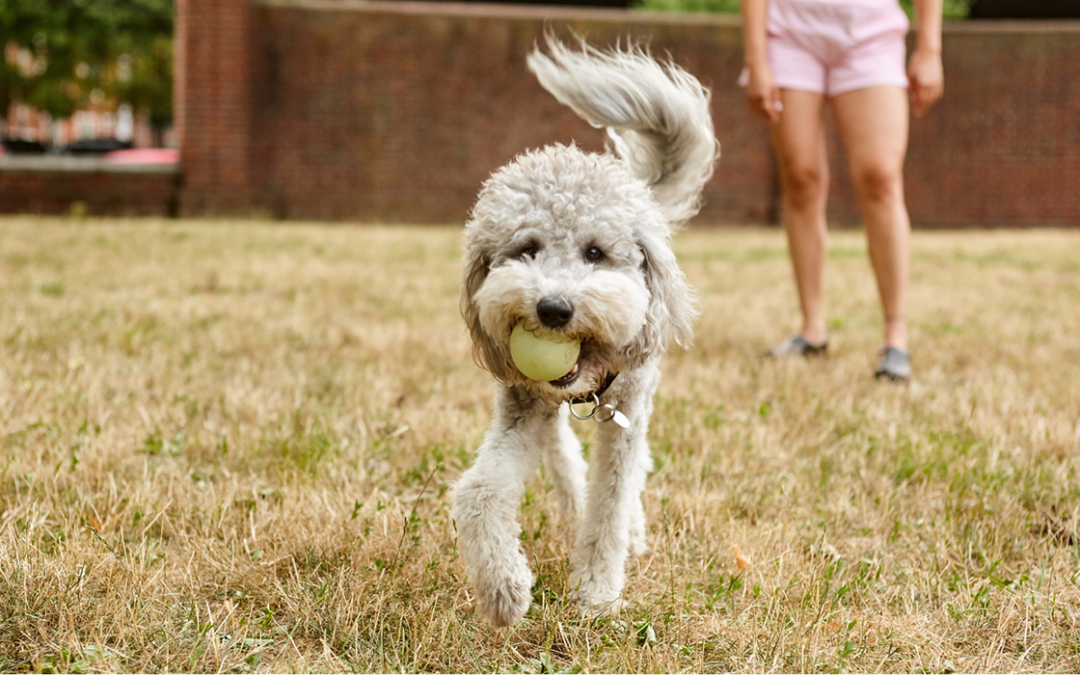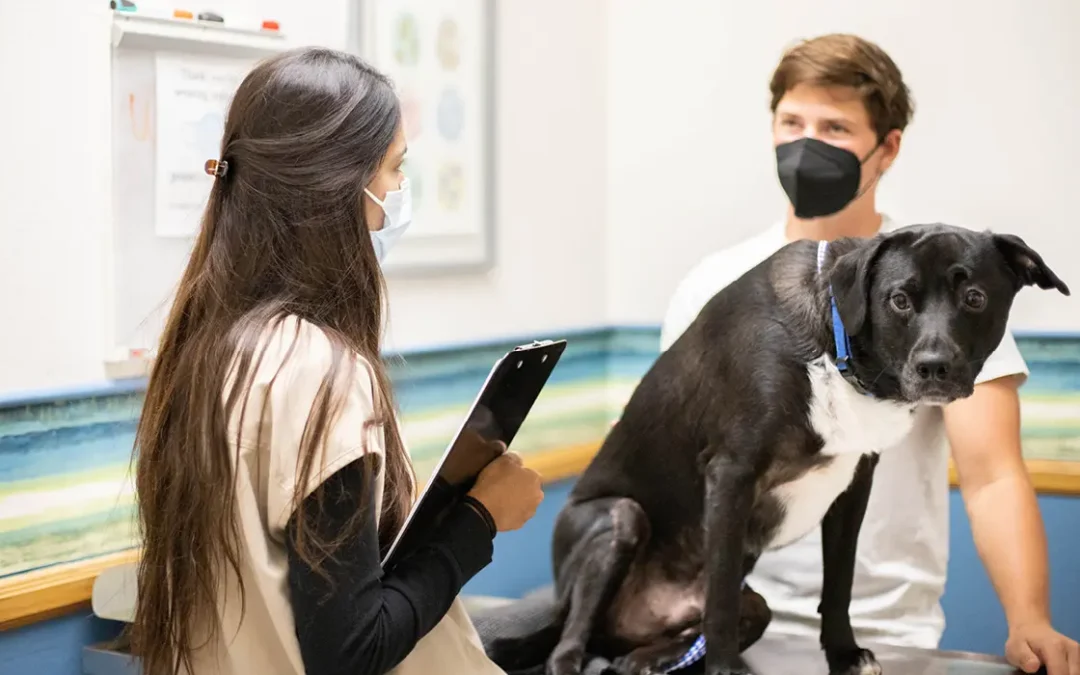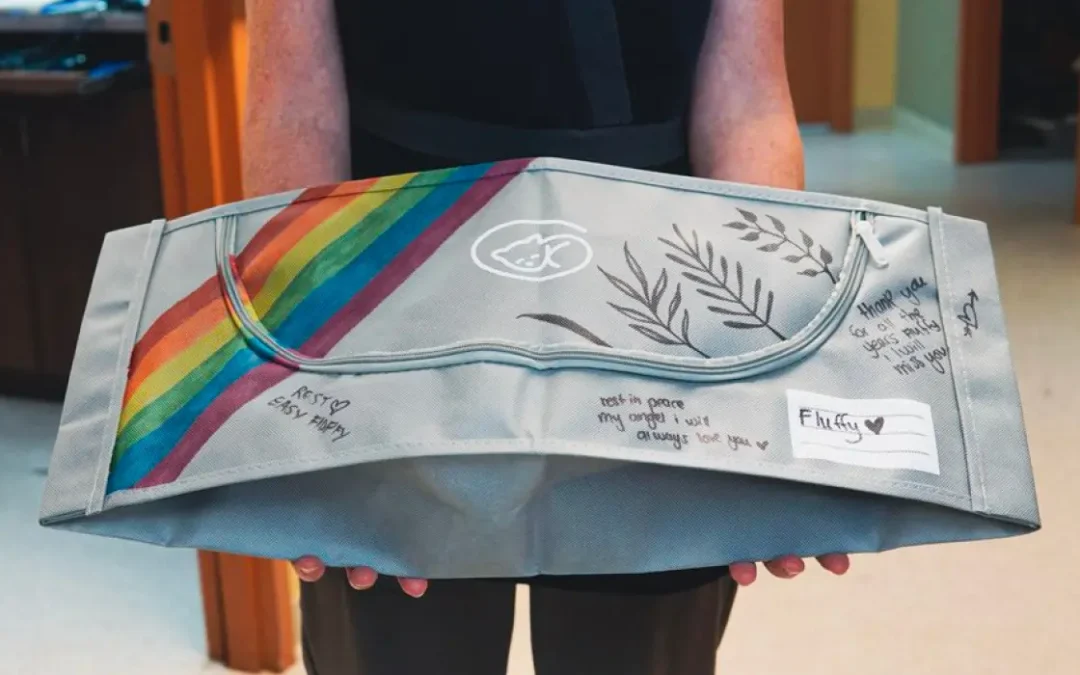As pet owners, we love spending time with our furry friends. But, there are times when we have to leave them alone at home. While some dogs can cope with this separation, others may develop “Separation Anxiety.” This is a common behavioral problem in dogs that can be distressing for both the dog and the owner.
What is Separation Anxiety in Dogs?
Separation anxiety in dogs is a condition where dogs show signs of distress and anxiety when left alone or separated from their owners. This anxiety can manifest in many ways, including barking, howling, destructive behavior, urinating or defecating inside the house, and more.
Causes of Separation Anxiety in Dogs
Separation anxiety can be caused by a variety of factors, including:
- Lack of socialization
- Fear of abandonment
- Traumatic experiences
- Changes in routine or environment
- Genetics
How to Address Separation Anxiety in Dogs
Fortunately, there are several ways to address separation anxiety in dogs and help your furry friend feel more comfortable when left alone. Here are a few tips:
1. Gradual Desensitization
Gradual desensitization involves exposing your dog to situations that cause anxiety, but at a lower intensity. This can help your dog gradually get used to being alone and reduce their fear and anxiety.
2. Create a Safe and Comfortable Environment
Create a safe and comfortable environment for your dog when you leave them alone. Provide toys, treats, and a comfortable place to rest. You can also consider leaving the TV or radio on to provide some background noise.
3. Training and Positive Reinforcement
Training your dog with positive reinforcement can help them learn that being alone is not scary or stressful. Reward good behavior with treats or praise.
4. Seek Professional Help
If your dog’s separation anxiety is severe, you may need to seek professional help from a veterinarian or dog trainer.
Conclusion
Separation anxiety in dogs can be distressing for both the dog and the owner. However, with patience and a little bit of training, you can help your furry friend feel more comfortable when left alone. By implementing these tips and seeking professional help if necessary, you can help your dog overcome their separation anxiety and enjoy spending time alone.
Looking for more tips and tricks like this to share with your patients? Head over to our Resource Center to download pre-designed flyers, handouts, social posts, and more!

